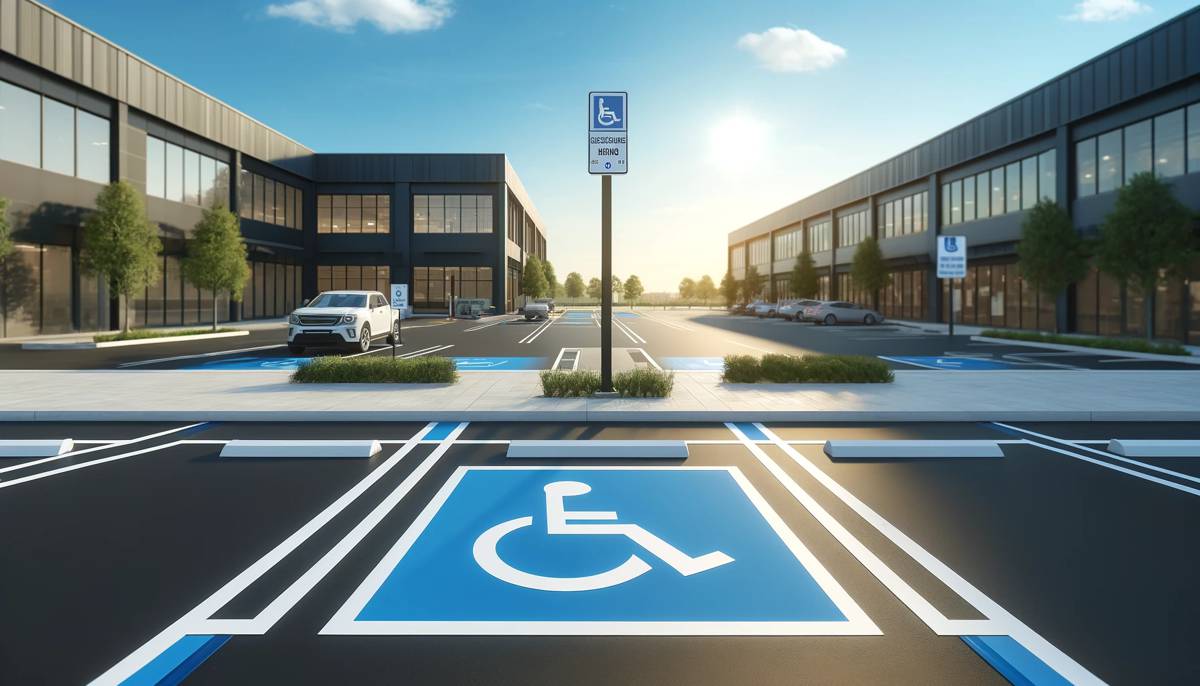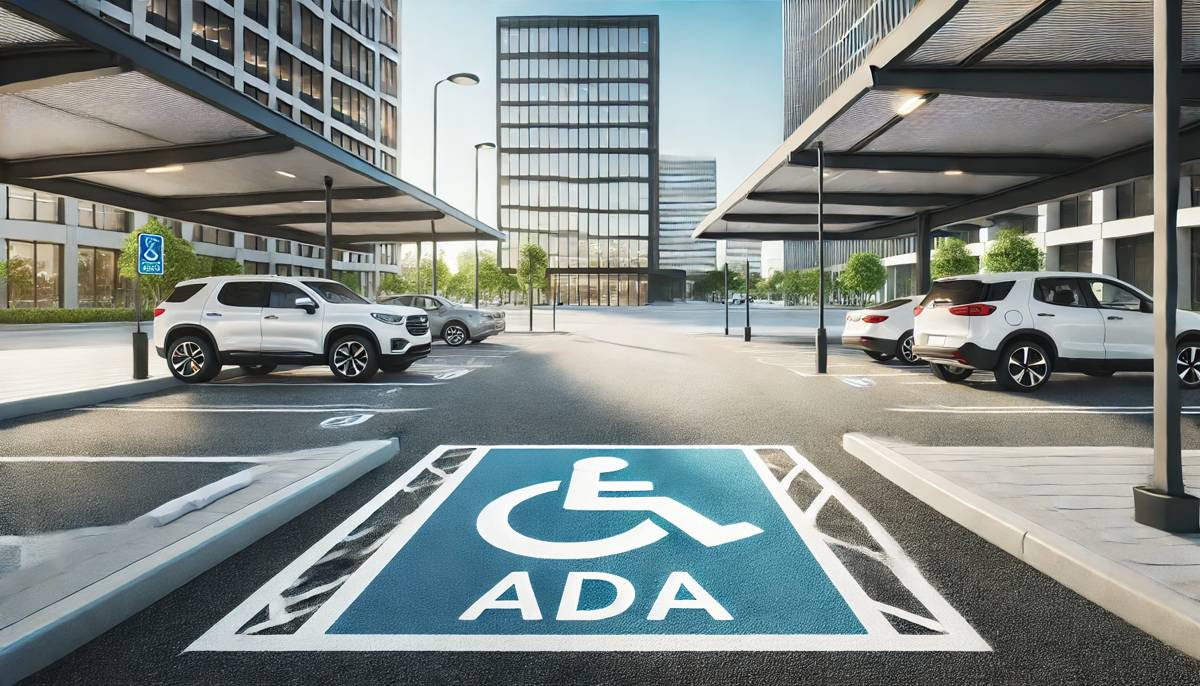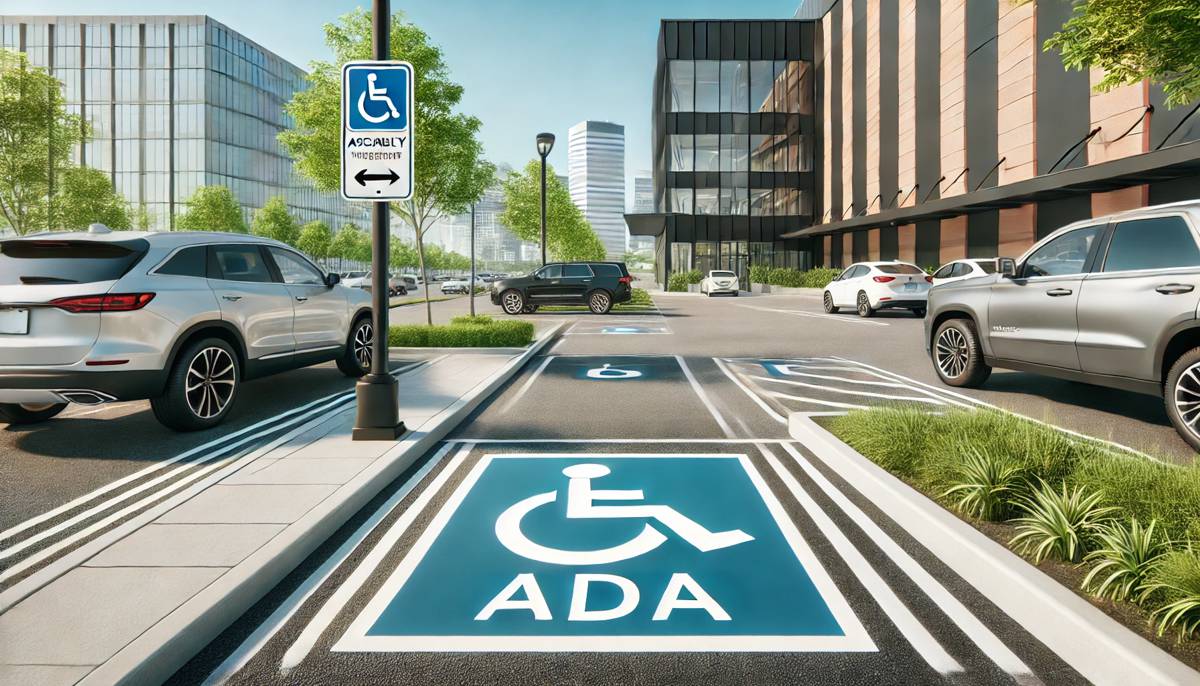Navigating ADA Compliance in the US to Ensure Accessible Car Parks
Ensuring that car parks across the United States comply with the Americans with Disabilities Act (ADA) is not just a legal obligation but a commitment to inclusivity and accessibility.
The ADA, enacted in 1990, mandates that public spaces, including parking facilities, accommodate individuals with disabilities. This article delves into the ADA requirements for car parks nationwide, offering insights for construction professionals, industry investors, and policymakers.
Understanding the ADA’s Impact on Parking Facilities
The ADA’s primary goal is to prevent discrimination against individuals with disabilities, ensuring they have equal access to public amenities. For parking facilities, this translates to specific design and operational standards that must be met.
Key Requirements Include:
- Accessible Parking Spaces: A designated number of parking spaces must be accessible, with specifications varying based on the total number of spaces in the facility.
- Van-Accessible Spaces: A portion of accessible spaces must accommodate vans, featuring wider dimensions and increased vertical clearance.
- Signage and Markings: Proper signage is essential to identify accessible spaces, ensuring they are easily recognizable.

Determining the Number of Accessible Spaces
The ADA outlines a sliding scale to determine the required number of accessible parking spaces:
- 1 to 25 Total Spaces: At least 1 accessible space.
- 26 to 50 Total Spaces: At least 2 accessible spaces.
- 51 to 75 Total Spaces: At least 3 accessible spaces.
- 76 to 100 Total Spaces: At least 4 accessible spaces.
- 101 to 150 Total Spaces: At least 5 accessible spaces.
- 151 to 200 Total Spaces: At least 6 accessible spaces.
- 201 to 300 Total Spaces: At least 7 accessible spaces.
- 301 to 400 Total Spaces: At least 8 accessible spaces.
- 401 to 500 Total Spaces: At least 9 accessible spaces.
- 501 to 1000 Total Spaces: 2% of the total number of spaces.
- 1001 and Over: 20 spaces, plus 1 for each 100 over 1000.
Notably, at least one of every six accessible spaces must be van-accessible.
Specifications for Accessible Parking Spaces
Accessible parking spaces must adhere to specific dimensions and features:
- Car Accessible Spaces:
- Minimum width of 96 inches.
- Access aisle at least 60 inches wide.
- Maximum slope of 1:48 (approximately 2.08%) in all directions.
- Firm, stable, and slip-resistant surface.
- Signage displaying the International Symbol of Accessibility, mounted at least 60 inches above the ground.
- Van Accessible Spaces:
- Two options:
- Option 1: 132-inch-wide parking space with a 60-inch access aisle.
- Option 2: 96-inch-wide parking space with a 96-inch access aisle.
- Vertical clearance of at least 98 inches for the parking space, access aisle, and vehicular route.
- Signage indicating the space is van-accessible, mounted at least 60 inches above the ground.
- Two options:
Signage and Markings
Proper signage is crucial for identifying accessible parking spaces. Signs must feature the International Symbol of Accessibility and, for van-accessible spaces, include additional indications. These signs should be mounted at a height of at least 60 inches from the ground to the bottom of the sign, ensuring visibility even when vehicles are parked in the space.

Location and Accessibility Routes
Accessible parking spaces should be situated on the shortest accessible route to the building entrance they serve. This route must be free of obstructions, providing a clear path for individuals with disabilities. In facilities with multiple entrances, accessible spaces should be dispersed to provide convenient access to each entrance.
Maintenance and Compliance
Ensuring ADA compliance is not a one-time task but an ongoing responsibility. Regular maintenance of parking facilities is essential to uphold accessibility standards. This includes:
- Resurfacing and Restriping: Over time, wear and tear can render markings and surfaces less effective. Regular restriping ensures that accessible spaces remain clearly marked and compliant.
- Signage Inspection: Periodic checks ensure that signs remain visible and in good condition, free from damage or obstructions.
- Surface Maintenance: Keeping surfaces free from potholes, cracks, and other hazards ensures safety and accessibility for all users.
Legal Implications of Non-Compliance
Failure to comply with ADA requirements can lead to significant legal and financial repercussions. Businesses may face fines, legal action, and damage to their reputation. It’s imperative for facility owners and managers to stay informed about ADA standards and ensure their properties remain compliant.
State-Specific Considerations
While the ADA provides federal guidelines, individual states may have additional requirements or more stringent standards. For instance, California’s Building Standards Code includes specific provisions that exceed federal guidelines.
It’s essential to consult local regulations and codes to ensure full compliance.
Embracing Inclusivity in Design
Beyond legal compliance, designing accessible parking facilities reflects a commitment to inclusivity and social responsibility.
By providing accessible parking, businesses and public facilities demonstrate their dedication to serving all members of the community, fostering goodwill and enhancing their public




















